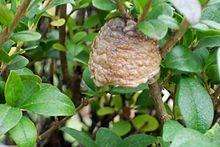
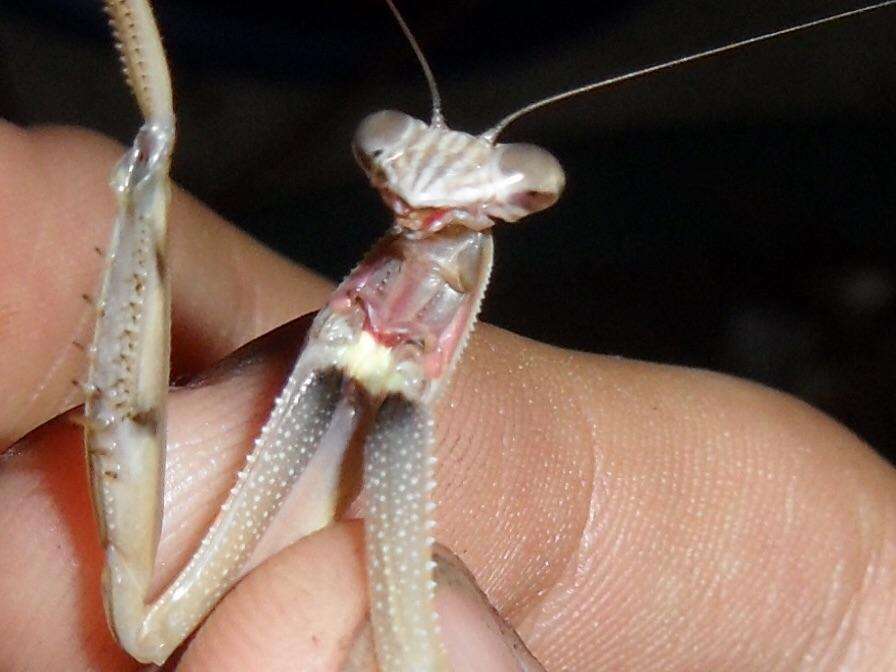
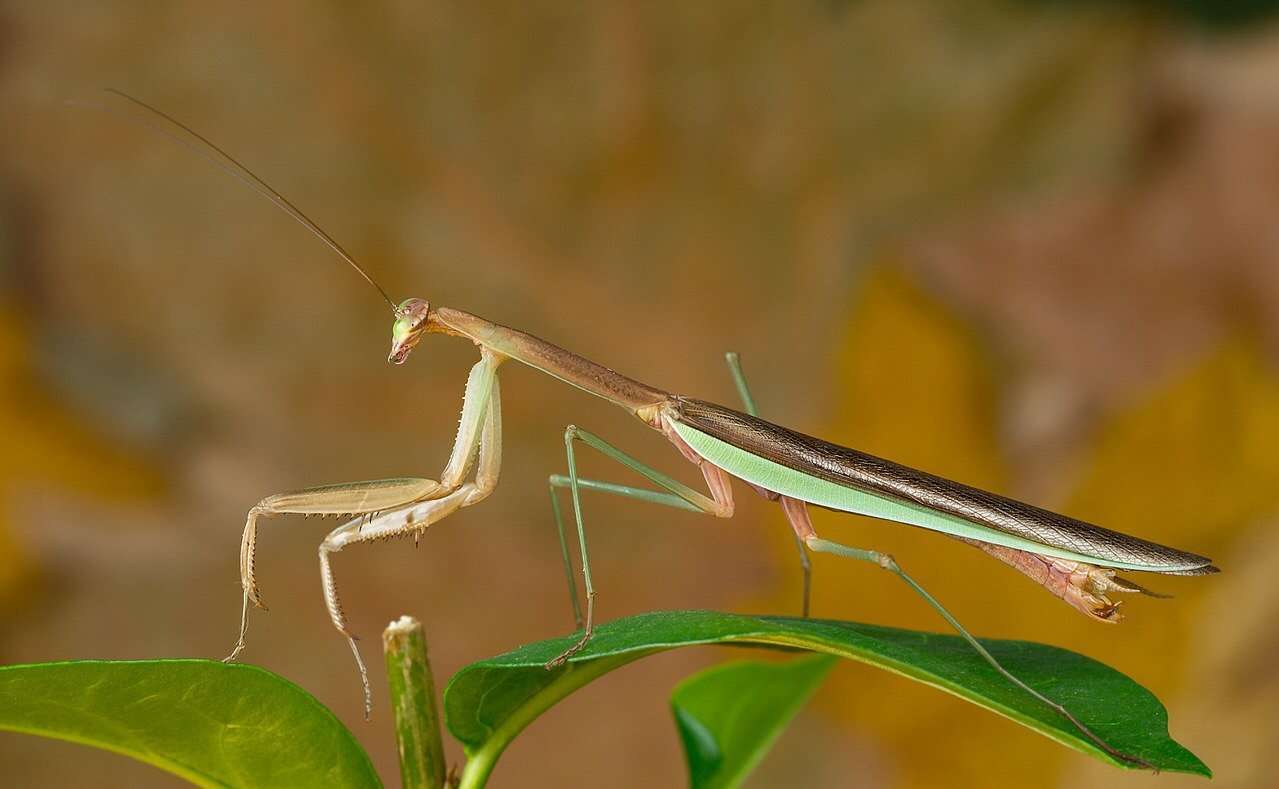
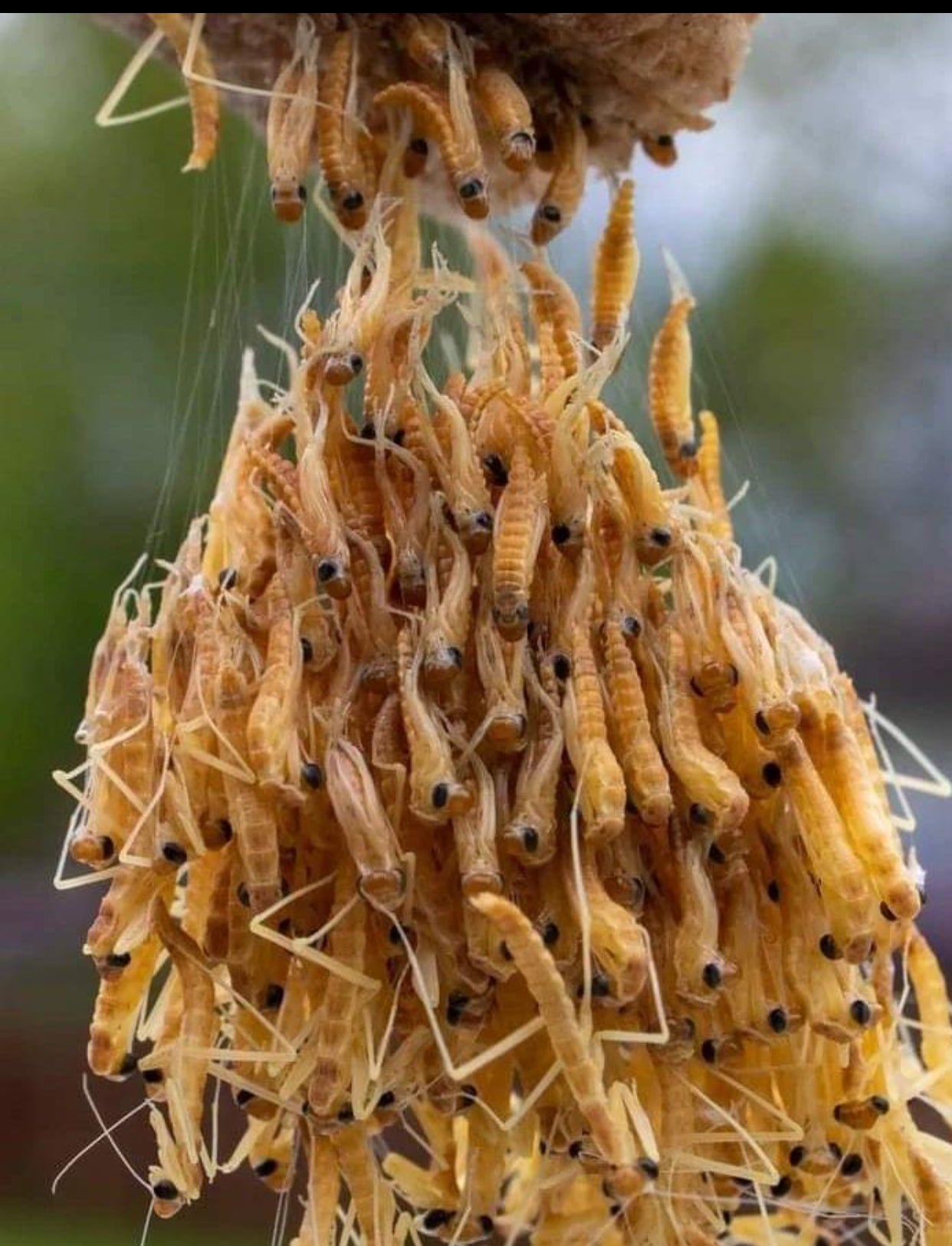
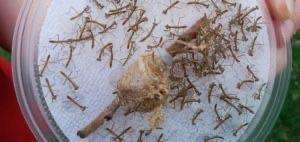
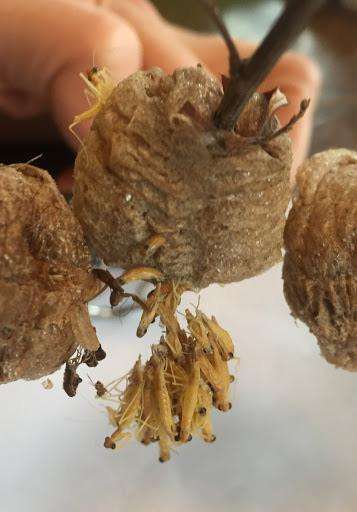

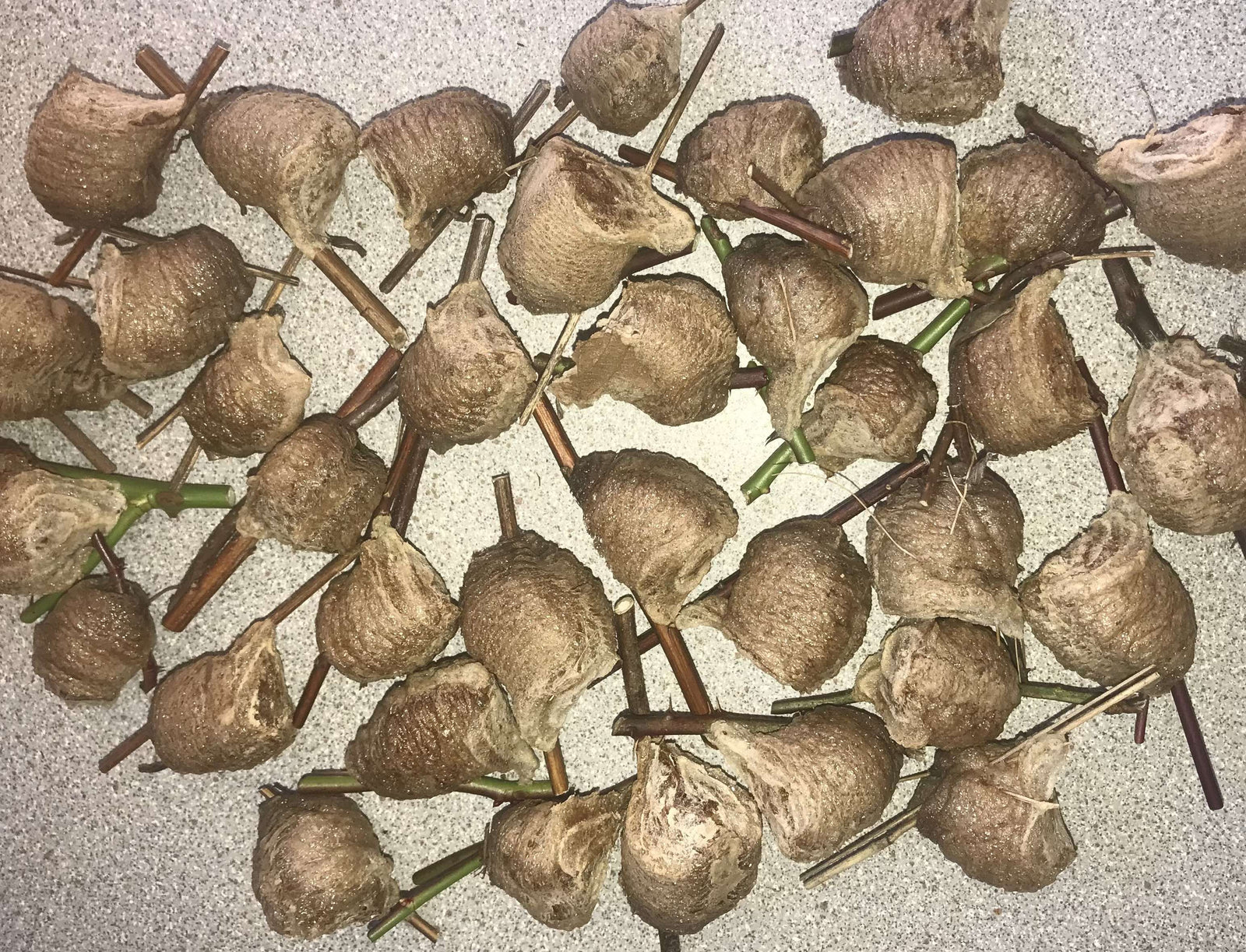

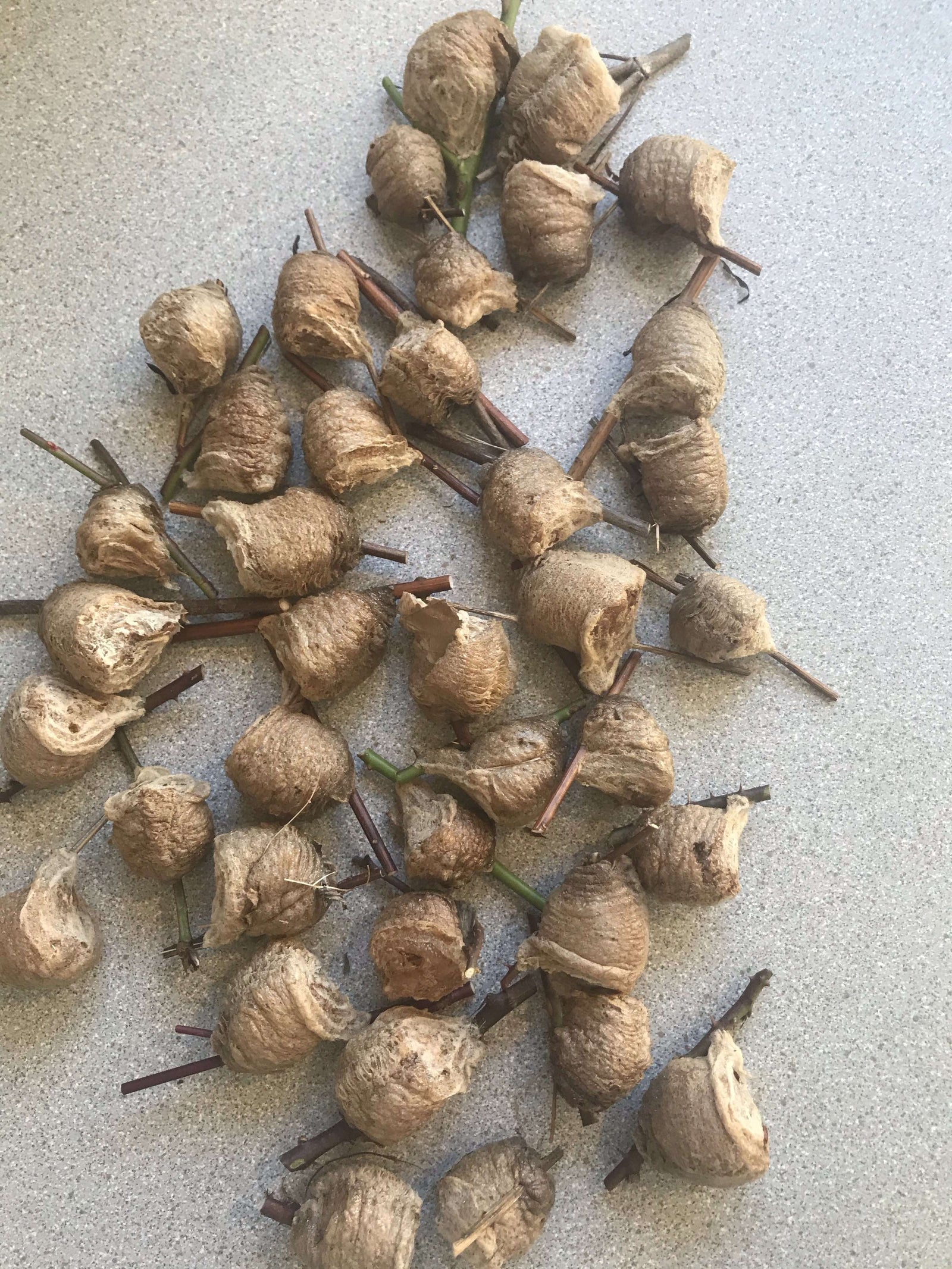
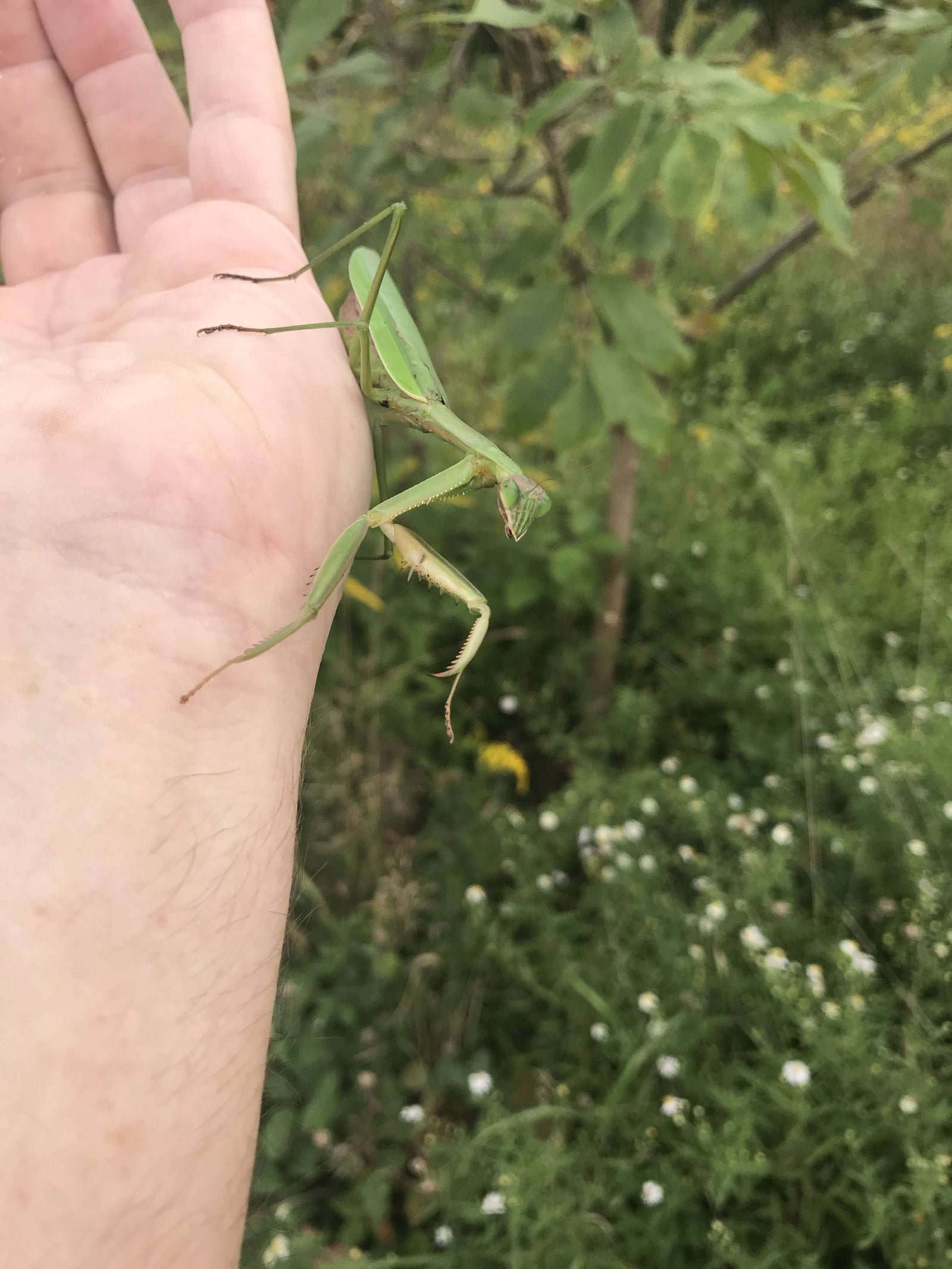
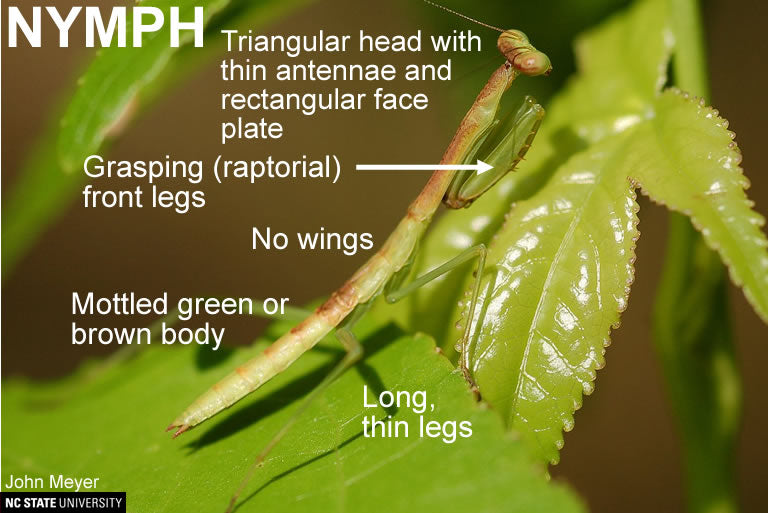
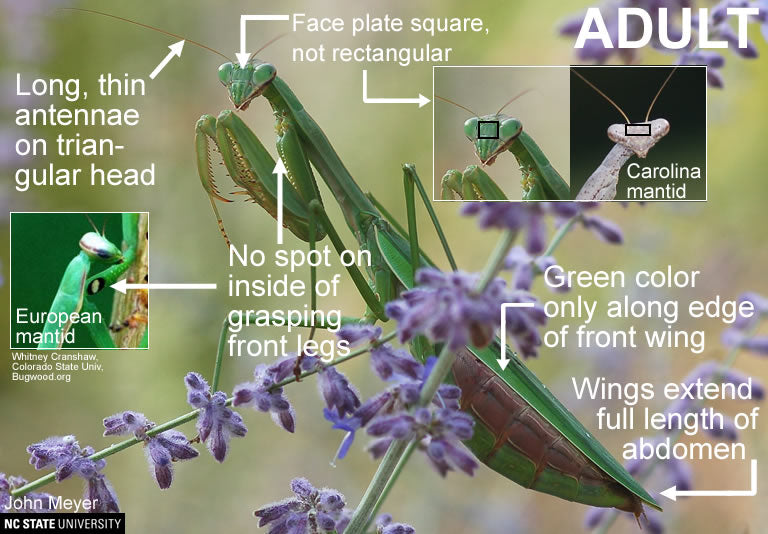
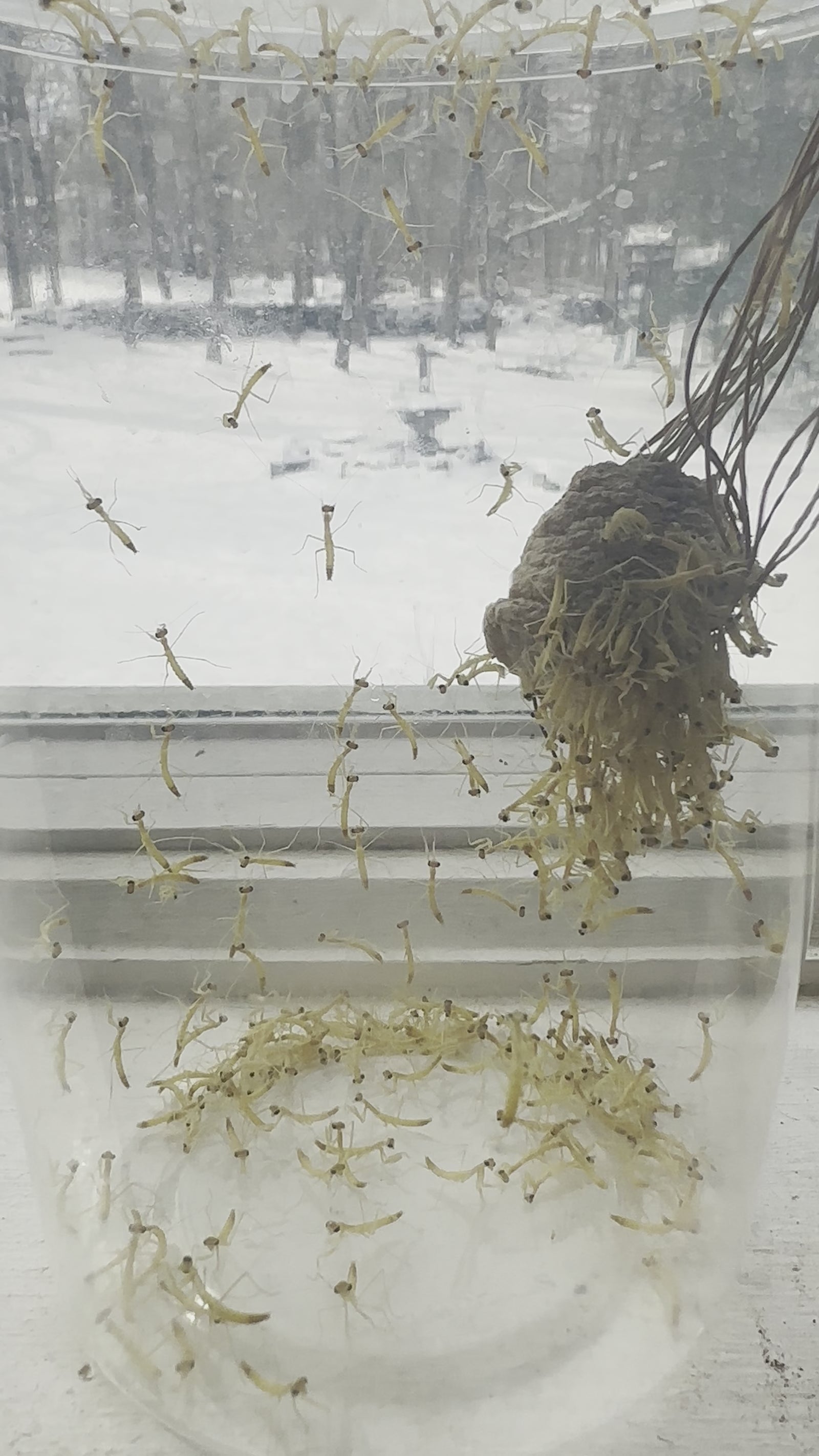
Chinese Praying Mantis ooth eggs case live bulk wholesale
$20.00 - $900.00$0.00
Tenodera sinensis Read this....It's not invasive! It has been naturalized for over a century, thriving and helping balance our flora and fauna. APHIS now recognizes it as a natural species.
The Chinese mantis is a praying mantis native to Asia and the nearby islands. In 1896, a nurseryman at Mt. Airy accidentally introduced this species near Philadelphia, PA. The ooth (egg Case) hatches up to 200 nymphs.
Ooth can take 3-12 weeks to hatch. Much can go wrong, and we cannot guarantee that we will hatch. I can tell you that the ooth we send is fertile and picked by an expert who knows.
The Chinese mantis is a long, slender, brown, green praying mantis. It is typically longer than other praying mantis species, reaching just over 11 centimeters, 4.3", and is the largest mantis species in North America (spread throughout the Northeast United States). Its color can vary from green to brown, with a green lateral stripe on the borders of the front wings in the brown color form. In low light, the eyes of the mantis appear black, but in daylight, they seem to be clear, matching the color of the head. Chinese mantids resemble another species introduced to the United States, the narrow-winged mantid (Tenodera angustipennis). Tenodera Sinensis and Tenodera angustipennis are similar in appearance; however, you can tell them apart by locating a spot between their front legs. If it is yellow, it is a Chinese mantis, but if it is orange, it is a narrow-winged mantis. The female can produce several semi-spherical oothecae, roughly 2 cm in diameter, containing up to 400 eggs. The oothecae are often affixed to vegetation such as bushes and small trees.
These are fresh, fertile ooths. Harvested this season from an insecticide-free natural environment here in the USA
STEM science projects have a fantastic learning experience with these amazing insects! Children and adults are always fascinated and curious to see how these insects will grow
Complete Instructions online
For pest control, egg cases per 1,500 square feet, 2 egg cases per 3,000 square feet. Temperature Range: 40-104°F. Hatching can take up to 6 weeks at 70°F.
Please note: size does vary from 3/4 " to 1,5", which doesn't mean that they will hatch fewer nymphs. They don't always have sticks as pickers remove them so thorns arent bothersome, and may also grow on fences or other things. Ooth size is also determined by the zone from which they are collected. We find that those collected from southern states here on the East Coast are smaller, as winter is less severe than in the northern states, where a larger ooth provides more protection, yet still yields the same number of nymphs.
As these are collected in nature, it is not uncommon to notice some tiny parasitic wasps or beetles. This is normal and harmless to humans and pets. They are found everywhere in the world and only occupy a few nymph chambers, and even a healthy sign of a viable ooth. The tiny wasps are also beneficial insects, and even good food for the mantis nymphs when they hatch.













